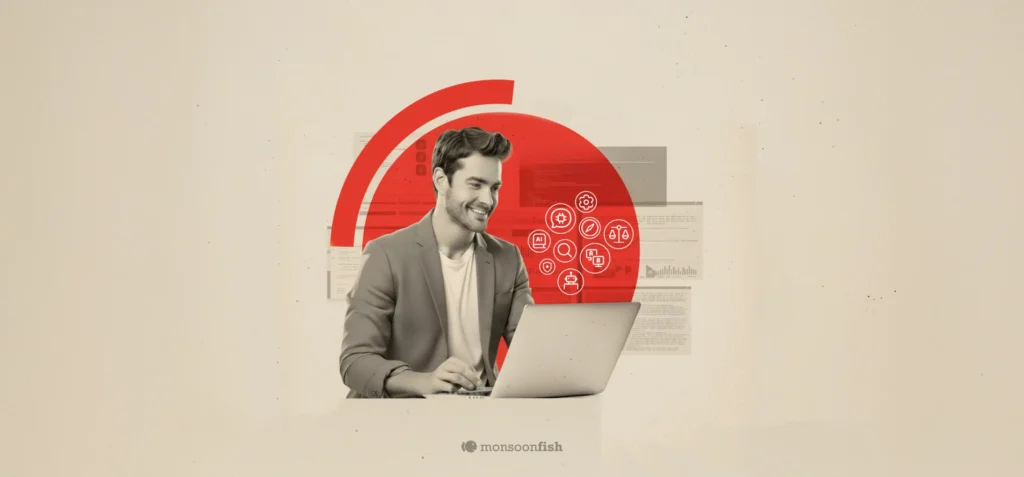Pareto Principle
Also known as the 80/20 rule, suggests that roughly 80% of effects come from 20% of causes

Pareto Principle
Neha was the captain of her university’s basketball team. With the championship finals approaching, she was determined to lead her team to victory. But during practice, she noticed a pattern—despite hours of training, they weren’t improving as much as she had hoped.
Hoping to find a solution, Neha analyzed their past games. She tracked which plays resulted in the most points and which strategies often failed. The results surprised her: nearly 80% of their successful points came from just 20% of their plays. Instead of trying to perfect every possible move, their biggest wins came from a handful of well-executed strategies.
She took this insight to her coach, who nodded approvingly. “Instead of spreading your energy thin, focus on the plays that work best.” her coach said.
With a refined game plan, the team spent their remaining practices mastering their most effective plays. They drilled their strengths, fine-tuned their coordination, and sharpened their execution. On game day, they stuck to what worked—and it paid off. Their streamlined strategy overwhelmed the opposing team, and they won the championship.
Neha learned a powerful lesson: success isn’t about doing everything—it’s about focusing on what makes the biggest impact.
The Pareto Principle suggests that 80% of outcomes come from just 20% of efforts. By identifying and prioritizing the most effective plays, Neha maximized her team’s performance without adding unnecessary complexity. Whether in sports, business, or design, recognizing the small efforts that drive the biggest results leads to better efficiency, smarter decision-making, and greater success.
Contents
CATEGORIES

























